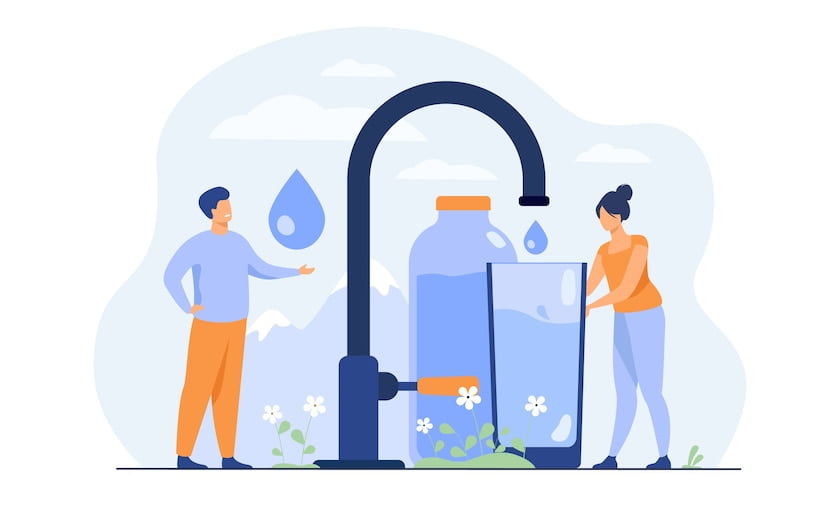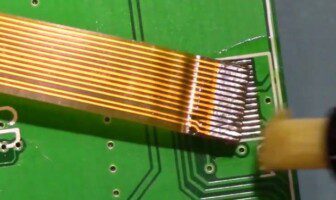
Water plays an integral part in human life. It can either be classified as hard or soft water, which means the water contains minerals, calcium, and magnesium.
The levels of these minerals will determine if the water is hard or soft (hard water has a higher concentration mineral content than soft water). Hard and soft water has advantages and disadvantages depending on their use.
In this article, let’s focus on how to soften hard water. Hard water isn’t harmful for consumption but can be highly destructive. What are some of the destructions that hard water causes?
It destroys pipes and other appliances by forming white, crusty spots. Bathing with hard water might cause harm to your skin. It’s not suitable for washing because it doesn’t foam easily, and rinsing might leave stains on your clothes.
Just to mention a few disadvantages, a common problem was identified. A water softener was brought on board to combat this problem. Introducing a water softener was vital in reducing the causes of replacing scaly faucets, getting new appliances, etc. So, what is a water softener?
Water Softener 101
A water softener is an in-house mechanical system created to eliminate hardness-causing minerals, calcium, and magnesium from your home water through an ion exchange process.
A water softener system consists of three main components:
1. Mineral Tank
This chamber is where the process of softening the hard water takes place. Water is supplied to this section via the main supply. Once in this tank, ion exchange takes place, and soft water is let out to various water lines in the house, ready for use.
2. Control Valve
It controls the flow of water entering the mineral tank and water released to other parts of the house. The control valve has a calibrated meter that keeps track of water flowing in and out of the mineral tank.
There are several factors to be considered while programming the meter such as how big your house is, the number of people occupying the place, and the intensity of hardness of your water.
When these factors are considered, the meter is pre-programmed and will deliver the capacity required. It makes the process effective, and the system works efficiently for a more extended time.
3. Brine Tank
The water softening process is recurrent. The brine tank is located next to the mineral tank with a high concentration of sodium or potassium. The high concentration of sodium is helpful for the regeneration of positive charges to the resin.
How Does It Work?

Hard water is softened by ion exchange in the water softener. Water from the main supply enters the mineral tank, filled with resin beads at the bottom (resins are polystyrene-made beads charged with sodium ions).
Once the hard water settles on the bed of resins, it attracts the positively charged ions in the minerals through ion exchange. The resin now holds on to the mineral deposits and lets the softened water flow through the control valve to the house.
As the process reoccurs, the beads can no longer attract the positively charged ions from the minerals present in hard water. The meter registers that the sodium ions have depleted.
It calls for regeneration in the brine tank where a high concentration of sodium ions is mixed with water and transferred to the mineral tank to recharge the resin beads. It’ll only happen if there’s a brine solution in the tank. Regeneration will also occur when the softener has reached its pre-programmed capacity, and more water is still needed for consumption.
As regeneration occurs, the mineral deposit and the recycled water are flushed through a discharge pipe. Once you install a water softener, resin beads are usually permanently embedded in the mineral tank. The only thing you’ll be required to add is salt pellets in the brine tank, depending on the amount of water you consume.
Finally, do you need a water softener? It could be a yes or no answer depending on the following reasons:
- Low water pressure
- White crusty built up around taps
- Dry or itchy skin after bathing
- Faded or change of color on clothes
- Soap scum left after bathing or deposited in sinks
If you’re experiencing such, you might need a water softener for your home water. Consult a professional near you.
Conclusion
A water softener will save you time and money spent on utilities, reduce power consumption, and reduce the havoc of replacing faulty faucets frequently. On top of that, your home will be safe since soft water is suitable for human consumption.
Additionals:




























